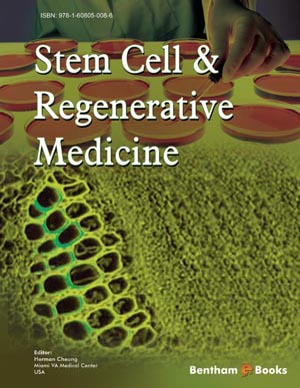Abstract
The devastation caused by disruption of the central nervous system and the increased prevalence of chronic neural diseases in our aging population led to enthusiastic and rapid acceptance of neural stem cells as an effective tool to reverse central nervous system pathology over a decade ago. Shortly after human embryonic stem cells were identified, results which held that functional neurons generated from stem cells reversed severe damage to the central nervous system were widely disseminated and avidly endorsed. Subsequent reports claimed neural localization and proliferation of adult stem cells, trans-differentiation of mesenchymal stem cells into functional neurons, and stunning therapeutic effects of human neural stem cells in animal models.
Despite these claims, effective therapy with neural stem cells has not been realized. Early results have been attributed to factors released by infused cells and investigator bias but not to tissue regeneration. The identity of stem cell progeny identified as neurons by antigen expression and morphology has been questioned, leading to the re-interpretation of these results by many of the investigators who first reported them. Therapeutic expectations have subsided while reports of success in animal models continue to appear. The thought that neural stem cells, as currently defined, will reverse brain injury or pathology has been largely dismissed.
Despite these diminished expectations, herein we note that regenerative cells, or structures that mimic the function regenerative cells possess, are present in germinal areas of the adult human brain, albeit in limited numbers. Evidence does suggest that damaged brain tissue does, in some patients, regenerate with recovery of lost function. These cellular entities have not been widely studied, characterized or cultured, but they may be similar to structures generated in neural tissue of primitive vertebrates which have a remarkable capability to regenerate intact, functional brain. These structures can potentially be expanded using methods that differ vastly from stem cell culture methods employed to date. Successfully expanded and stored, these structures may provide an effective means to regenerate brain tissue after stroke and traumatic brain injury in humans.


















